Cinema might have originated in the West, but in South Asia it is domesticated and venerated. Bolly, Lolly, Tolly, Kolly, and other woods of the region have thrived, conforming to and even amplifying the inherent social hierarchies and cultural hegemonies of the region, namely caste, class, religion, languages, clan, aesthetics, and geography, among others. Yet the cinematic expressions that did not conform to this hegemony were bereaved of a wider exposure.
To Miss The Woods invites the audience to literally ‘miss the woods for the trees’ and explore the diverse cinematic flora that has emerged beyond the defined woods. We present to you a bouquet of films from South Asia that are a labor of love and are made with care for community rather than the market. We hope that this selection will inspire and challenge the audience to reimagine the South Asian cinemascape.

বাগানিয়া / Baganiya (Garden of Memories) by , Bangladesh, 2019
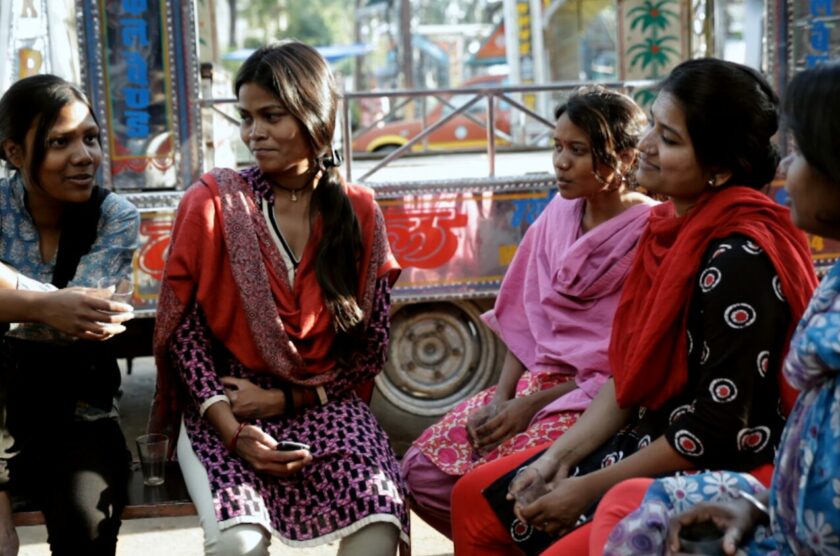
Turup (Checkmate) by , India, 2017

Movements of Migration by , UK, 2022
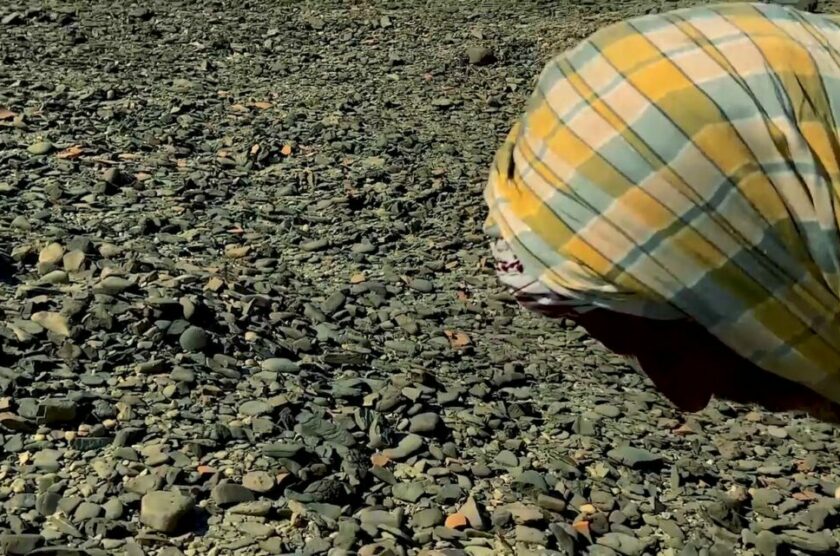
The Land of My Forefathers by , Pakistan, 2021

Sindhustan by , India, 2019

Trans Kashmir by , India, 2022

Eye Test by , India, 2017

Blood Earth by , India, 2013
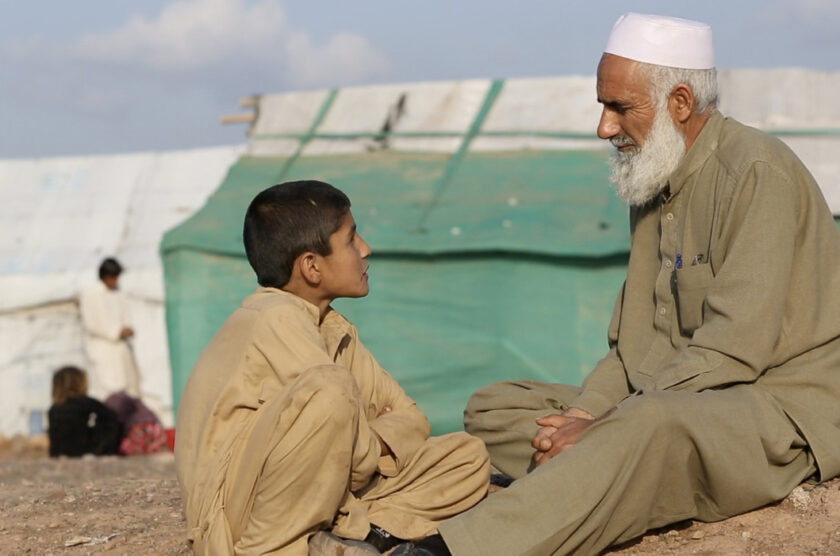
A Walnut Tree by , Pakistan, 2015
In this curated library section, the films deal with different forms of human movements that are relevant to the time in the set African country. The films use the camera as a tool to unearth stolen objects from Africa, document the women that fought vehemently for women’s rights, reconstruct historic events, as well as to capture memories of colonization and the subsequent consequences of neo-colonial struggles that force many young people to risk their lives to cross the Sahara desert to get to Europe.

L’Escale (The Stopover) by , DR Congo / Belgium, 2022
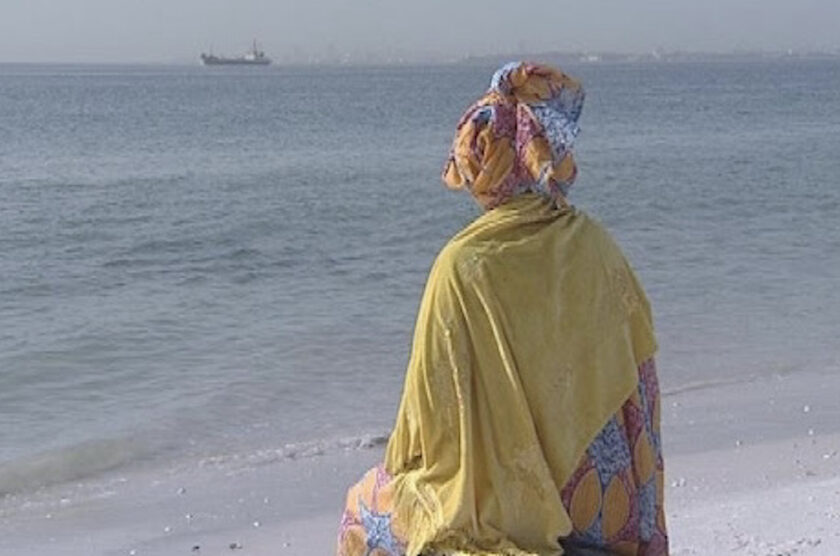
Le Cri de La Mer (The Cry of The Sea) by , Senegal, 2008

Ainsi Meurent Les Anges (And So Angels Die) by , Senegal, 2000

Tableau Ferraille by , Senegal, 1997

Ça Twiste à Popenguine (Twisting in Popenguine) by , Senegal, 1994

You Hide Me by , Ghana, 1970

When Women Speak by , Ghana, 2022

Independência (Independence) by , Angola, 2015

Uprize! by , South Africa, 2017
Afro Queer Voices focuses on Black Queer visibility of African LGBTQIA+ filmmakers or their protagonists reclaiming their narratives.
This library section presents engaging images of African queerness and gender fluidity highlighting the oppression experienced by LGBTQIA+ individuals on the African continent and beyond. With this program, we invite audiences to immerse themselves in the complexities of Black Queer love and explore the controversies around homosexuality and Queerness in different African communities. The films navigate between Queer rights, politics, and culture, as well as internal suffering, abandonment, and the struggle for acceptance.
With Afro Queer Voices, we learn that the forms of resistance invented by Queer communities, especially those experiencing compounded oppression, vary. As we witness the pain of loss due to family abandonment, hate crime, violence, and psychological abuse, young African Queers escape without a known destination and slim chances of survival. Resistance becomes an underground life of alternative families and kin as support networks aiming to provide shelter, comfort, and safety to those expelled from their original homes.
The program aspires to navigate issues of social injustice and politics, underlining that the global Afro Queer community is not only an integral part of Queer cultures that require historical acknowledgment, but also a significant cornerstone of global feminist social movements.

Stud Life by , UK, 2012
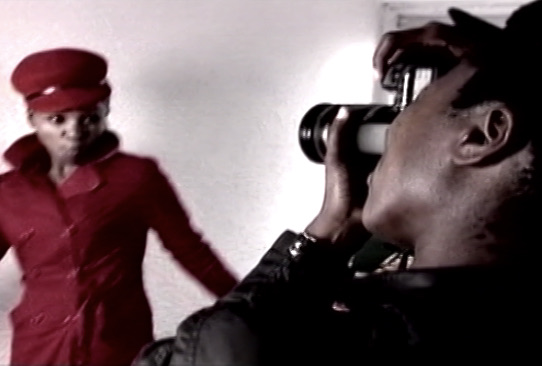
Difficult Love by , South Africa, 2010

I Am Samuel by , Kenya, 2020

How Not to Date While Trans by , USA, 2022

Umunthu by , Malawi, 2013
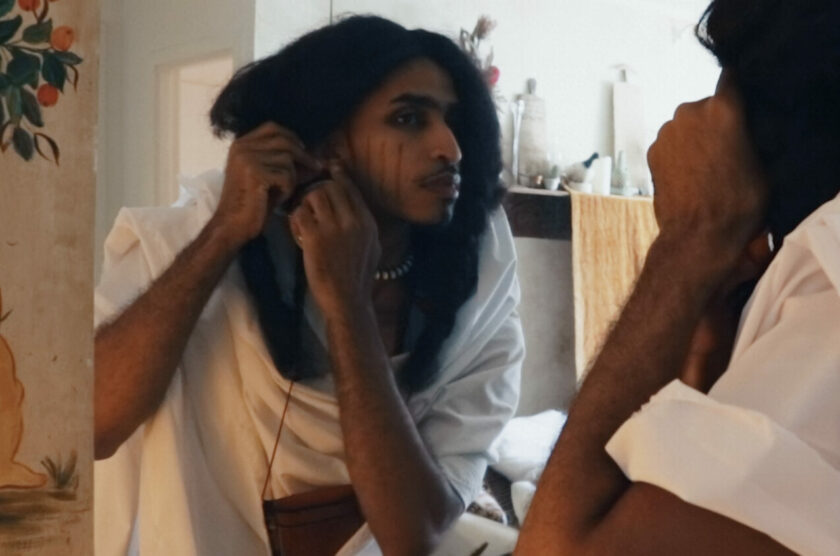
The Art of Sin by , Sudan / Norway, 2020

Ìfé by , Nigeria, 2020

Country Love by , Nigeria, 2022
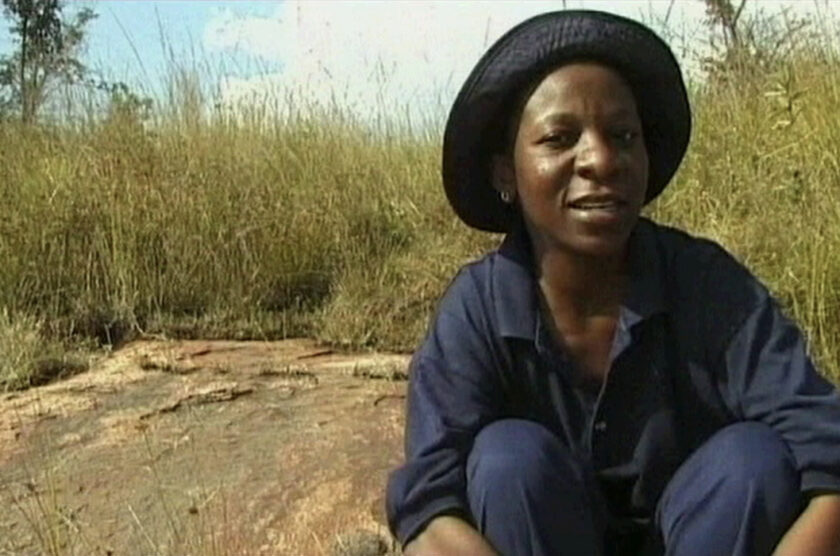
Forbidden Fruit by , Zimbabwe / Germany, 2001

Tchindas by , São Vicente, Cape Verde, 2015
Thanks to the democratization of production resources and digital communication channels, new voices are contributing to a cinema in Latin America that challenges hegemonic structures, criticizes the colonizing eye, and yields new narratives proposed by female, indigenous, black, mixed, queer, diasporic people, and others. Despite the vastness of the films’ contents, a deep humanity can be found within the resilience of these nations.
In this collection, we give prominence to new voices that express themselves freely and become the subject of their own images, while exploring different ways of thinking about Latin American experiences. Dreams and intimacies often collide with violence, abandonment, or impositions, but share the unwavering desire for a better future.

Días de Luz (Days of Light) by , Costa Rica / El Salvador / Guatemala / Honduras / Nicaragua / Panama, 2019
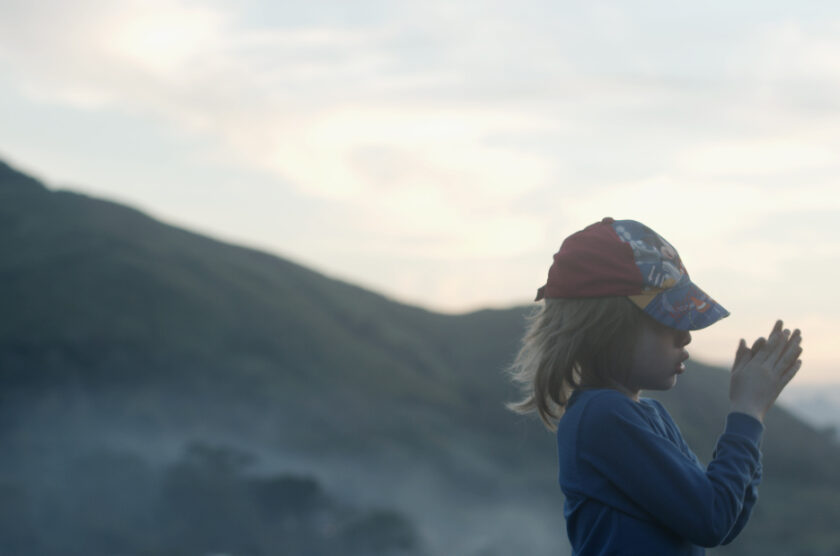
Ibegwa by , Panama, 2021

El Amparo by , Venezuela, Colombia, 2016
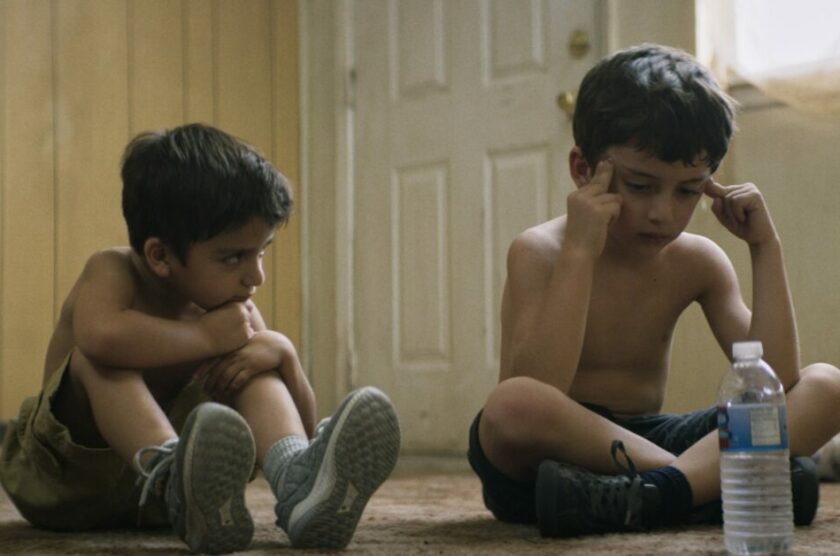
Los Lobos (The Wolves) by , Mexico, 2019

Sola (Alone) by , Peru, 2023
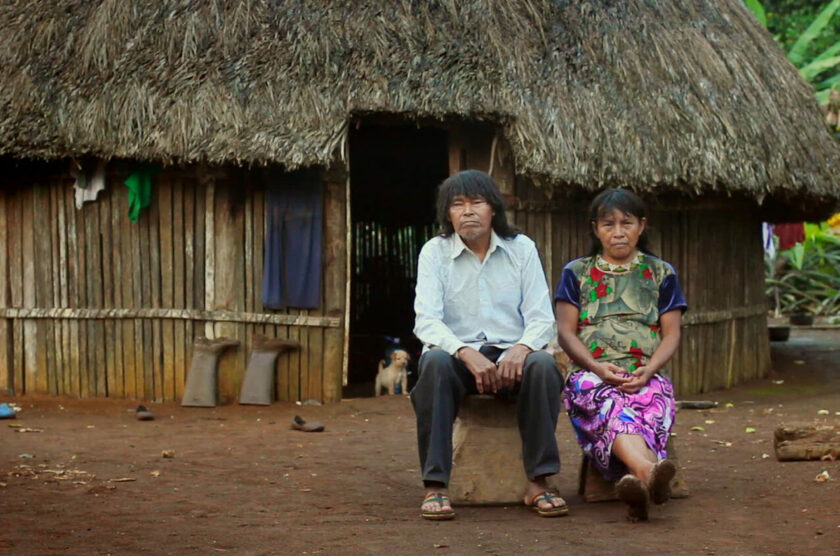
Iwianch, el Diablo Venado (Iwianch, the Devil Deer) by , Ecuador, 2020

Wiñaypacha (Eternity) by , Peru, 2017
Now that the camera is handier, cheaper, and more accessible, we can connect the pieces of Indonesia’s historiographies.
Post-Reformasi Cinema in Indonesia is an enigmatic space that reflects the incongruous assemblage of ideologies, wars, regimes, and of incomplete writings on Indonesia’s historiographies.
This is the cinema of a movement or a moving camera towards the archipelago, with big ideas in the hands of anxious citizens.

Mayday! May Day! Mayday! by , Indonesia, 2022
![[copy screener] agave amica 1080p h264 english subtitles.00 13 52 17.still006 2](https://cinelogue.com/wp-content/uploads/copy-screener-agave-amica_1080p-h264-english-subtitles.00_13_52_17.still006-2-840x556.jpeg)
Sedap Malam (Agave Amica) by , Indonesia, 2022

Maryam by , Indonesia, 2014

Mangga Golek Matang di Pohon (The Mangoes) by , Indonesia, 2012

Saya di Sini, Kau di Sana (A Tale of the Crocodile’s Twin) by , Indonesia, 2022

Segudang Wajah Para Penantang Masa Depan (The Myriad Faces Of The Future Challengers) by , Indonesia, 2022

Di Balik Cahaya Gemerlapan (Sang Arsip) (Behind the Flickering Light (The Archive)) by , Indonesia, 2013
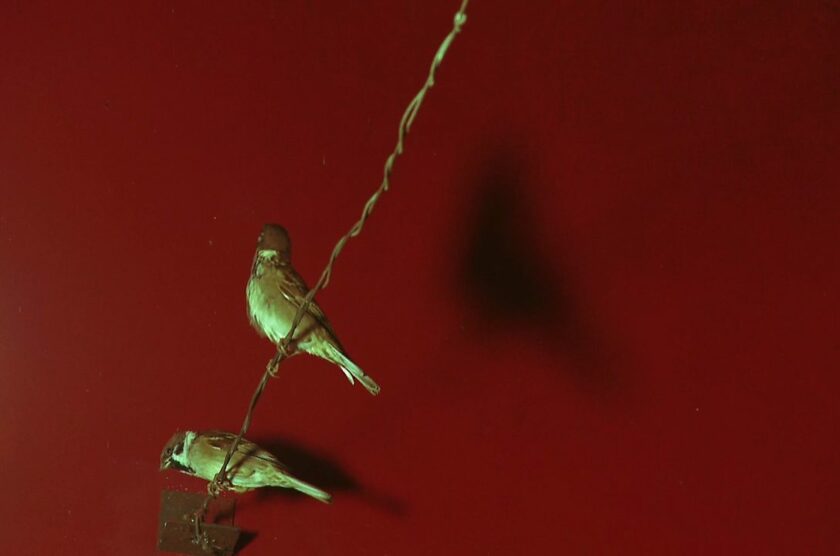
Naga yang Berjalan di Atas Air (The Dragon Who Walks On The Water) by , Indonesia, 2012
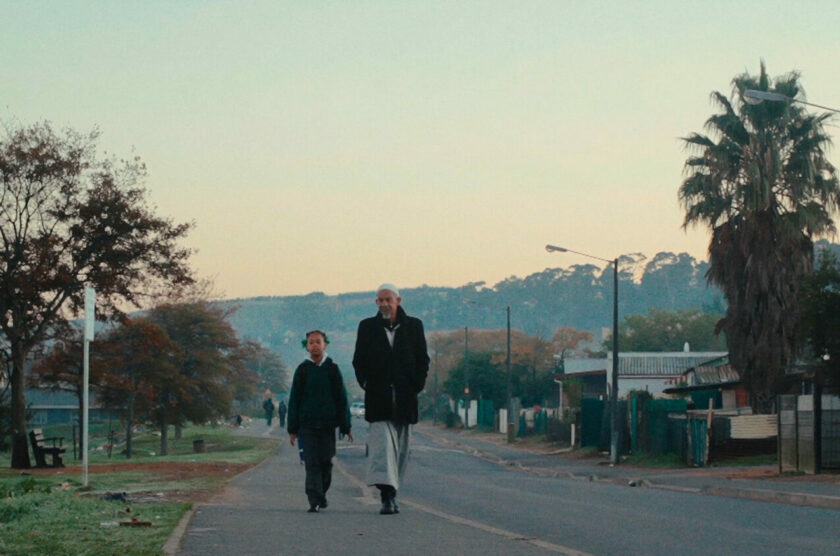
Lo Que La Tierra Recuerda (What The Soil Remembers) by , Ecuador / Sudáfrica, 2023

What The Soil Remembers by , Ecuador, South Africa, 2023
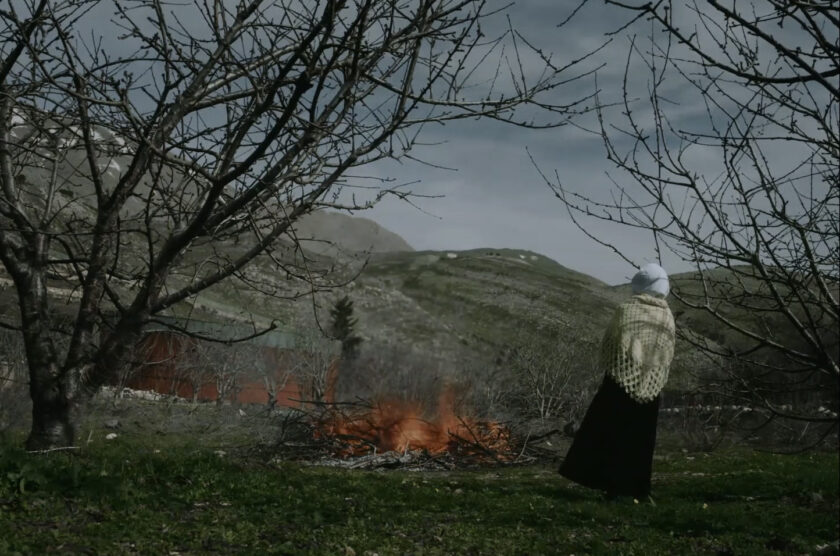
بين موتين / Bayna Mawtayn (Between Two Deaths) by , Occupied Golan Heights / Syria / Palestine, 2015

Soundless Dance by , France, Sri Lanka, 2019

Slingshot Hip Hop by , Palestine, 2008

Al Otro Lado de La Niebla (Behind the Mist) by , Ecuador, 2023

Khartoum Offside by , Sudan, Norway, Denmark, France, 2019

Caméra d’Afrique (Twenty Years of African Cinema) by , Tunisia, 1983

La Saison des Hommes (The Season of Men) by , Tunisia, 2000
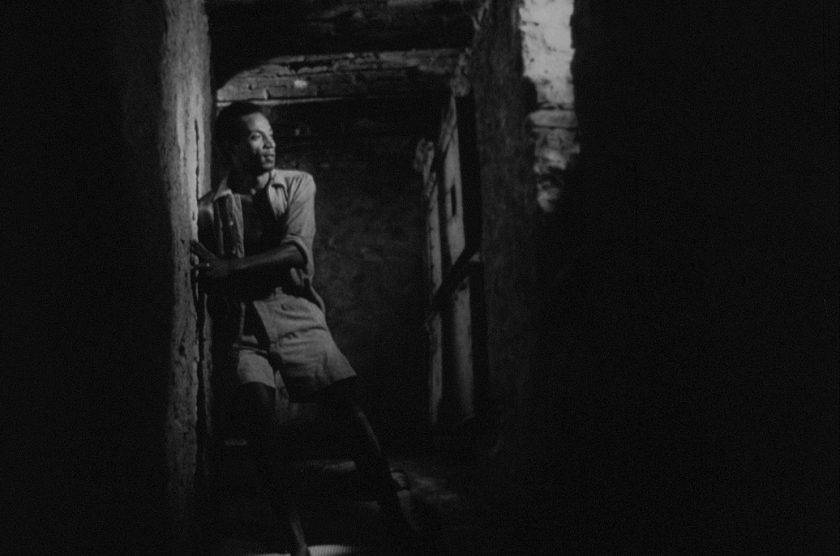
Monangambeee by , Algeria, 1969

Rekava by , Sri Lanka, 1956

La Noire De… by , Senegal, 1966

Borom Sarret by , Senegal, 1963

Tajouj by , Sudan, 1977